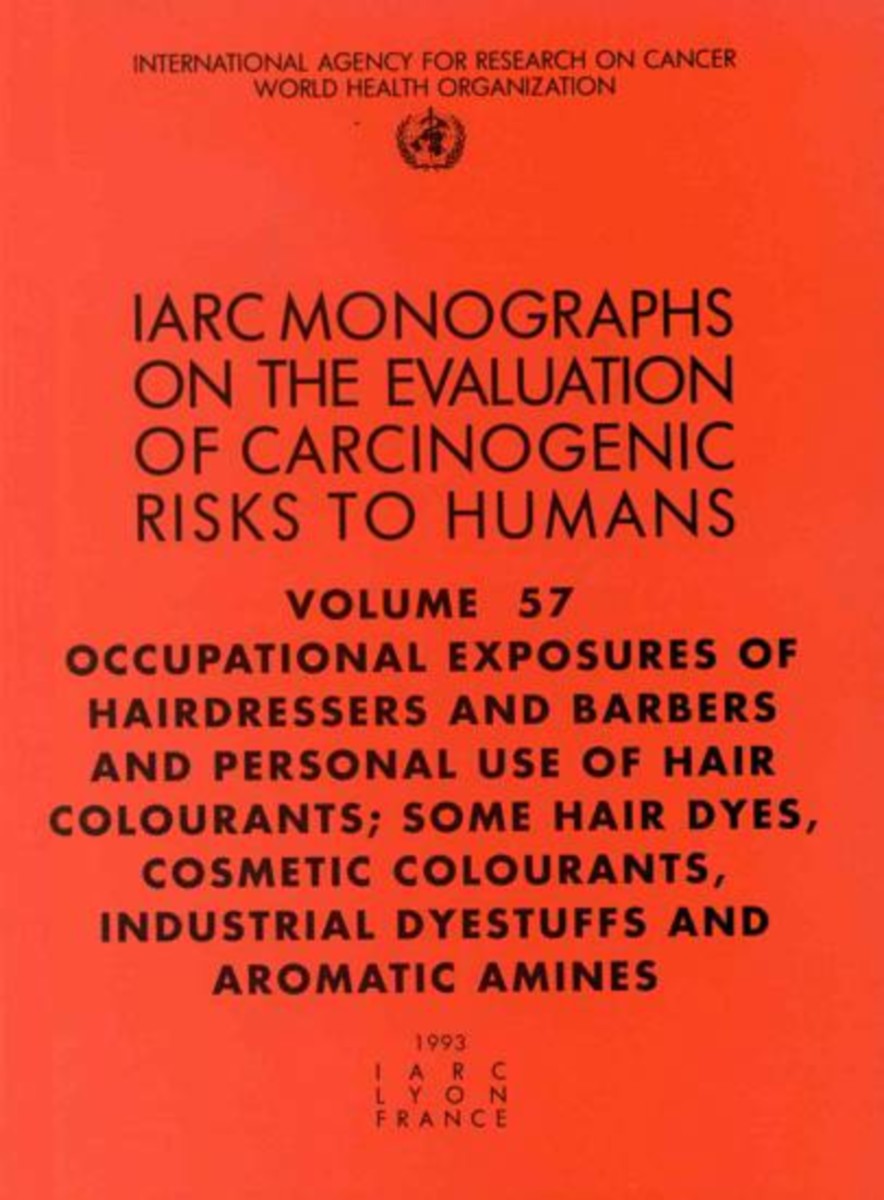Occupational Exposures of Hairdressers and Barbers & Personal Use of Hair Colourants
Some Hair Dyes, Cosmetic Colourants, Industrial Dyestuffs and Ar
- Publisher
World Health Organization - Published
1st August 1993 - ISBN 9789283212577
- Language English
- Pages 427 pp.
- Size 6.75" x 9.5"
A detailed assessment of the carcinogenic risk to humans posed by the professional and personal use of hair colourants. An additional 17 monographs evaluate the carcinogenicity of eight hair dyes, one cosmetic colourant, four industrial dyestuffs, and four aromatic amines, three of which are used in dyestuff manufacture.
The first and most extensive monograph considers the carcinogenic risk posed by occupational exposures of hairdressers and barbers and personal exposure to hair colourants. Citing consistent evidence from five large European cohort studies of excess risk for cancer of the urinary bladder in male hairdressers and barbers, the monograph concludes that occupation as a hairdresser or barber entails exposures that are probably carcinogenic. The carcinogenic risk linked to the personal use of hair colourants could not be determined.
Of the eight hair dyes considered, only one, HC Blue No. 1, could be classified as possibly carcinogenic to humans. The cosmetic colourant, D&C Red No. 9 (CI Pigment Red 53:1), could not be classified. Of the four industrial dyestuffs, CI Direct Blue 15, CI Acid Red 114, and magenta containing CI Basic Red 9 were classified as possibly carcinogenic to humans. The manufacture of magenta was classified as entailing exposures that are carcinogenic.
Of the four aromatic amines, 4 4'-methylene bis(2-chloroaniline) (MOCA) was classified as probably carcinogenic to humans. para-Chloroaniline and 2 6-dimethylaniline were classified as possibly carcinogenic; N N-dimethyl-aniline could not be classified.
The International Agency for Research on Cancer
The International Agency for Research on Cancer (IARC) is part of the World Health Organization. IARC's mission is to coordinate and conduct research on the causes of human cancer, the mechanisms of carcinogenesis, and to develop scientific strategies for cancer control. The Agency is involved in both epidemiological and laboratory research and disseminates scientific information through publications, meetings, courses, and fellowships.


